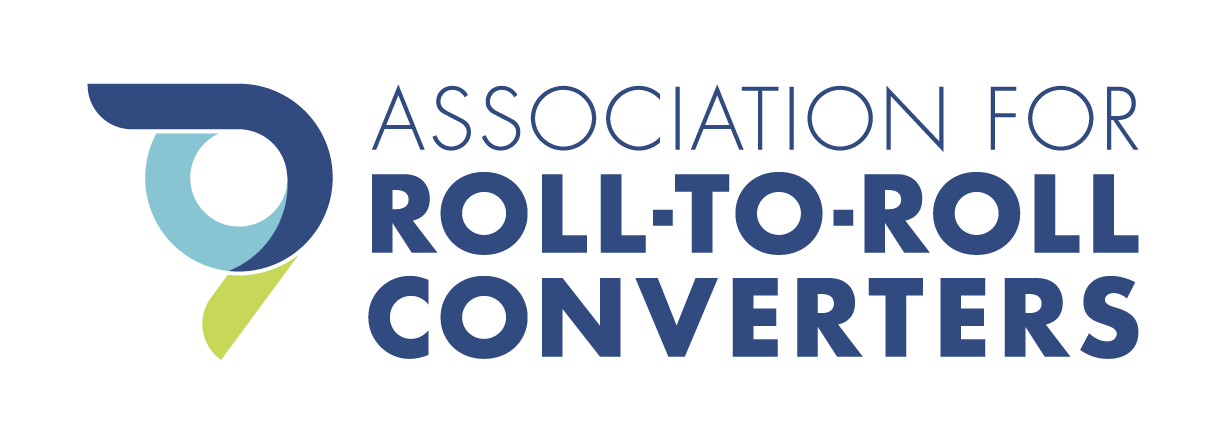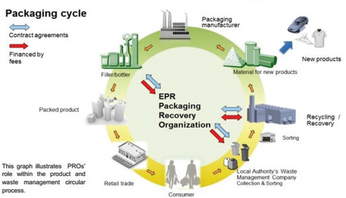Sustainability Innovations – Satisfying the Market Needs for Sustainable High-barrier Flexible Packaging via Dry Vacuum and Wet Dispersion Coating
Presented by Carolin Struller, Bobst Manchester
In recent years, sustainability, reduction of plastic waste and development of more environmentally friendly packaging solutions have been key objectives for the packaging industry in order to move closer towards a circular economy. According to WRAP (Waste & Resources Action Programme), nearly 70 % of plastic waste in the UK originates from plastic packaging and around 25 % of consumer plastic packaging is flexible packaging; nevertheless, recycling of film and flexible packaging is estimated to lie at only around 4 %. With this mind, many sustainability initiatives and consortia have been established, not only in the UK, but globally, and companies involved in the value chain of packaging materials are working together in collaboration in order to develop solutions that satisfy the market needs and the ambitions sustainability agendas of leading brand owners and retailers, who have committed to using 100 % recyclable, reusable or compostable packaging materials by 2025 or earlier.
Flexible packaging materials currently are either simple mono-layer, mono-materials (which are ‘recycling-ready’) or complex multilayer structures (typically non-recyclable) for more demanding packaging needs, with each layer conferring certain functionalities to the final package. These layers can be polymeric, e.g. film layers and wet-applied coatings/adhesives, or inorganic materials like vacuum deposited barrier layers or aluminium foil. However, replacing individual layers for more environmentally friendly alternatives is not easy since properties critical to mechanical or barrier functionalities (which govern shelf life), may be compromised.
In regard to addressing the needs for sustainable flexible barrier packaging, there are three different approaches that can be applied to develop material solutions: Firstly mono-material polyolefin based flexible packaging, which is compatible with the current mechanical recycling stream; Secondly compostable/biodegradable flexible packaging, which decomposes under industrial or home-composting conditions or is even marine-degradable; and finally, paper/fibre based packaging which is suitable to be processed in the existing paper recycling stream.
Bobst Manchester is actively working in all of the three pillars of sustainable flexible packaging. In order to reach the required barrier levels and ensure good material performance, vacuum deposited barrier layers are combined with wet dispersion coatings, either pre or post vacuum deposition. With this paper, we will introduce one of our latest solutions for mono-material PE high-barrier packaging as well as give an update on our barrier paper development work.
This post is for paying members only
SubscribeAlready have an account? Log in

